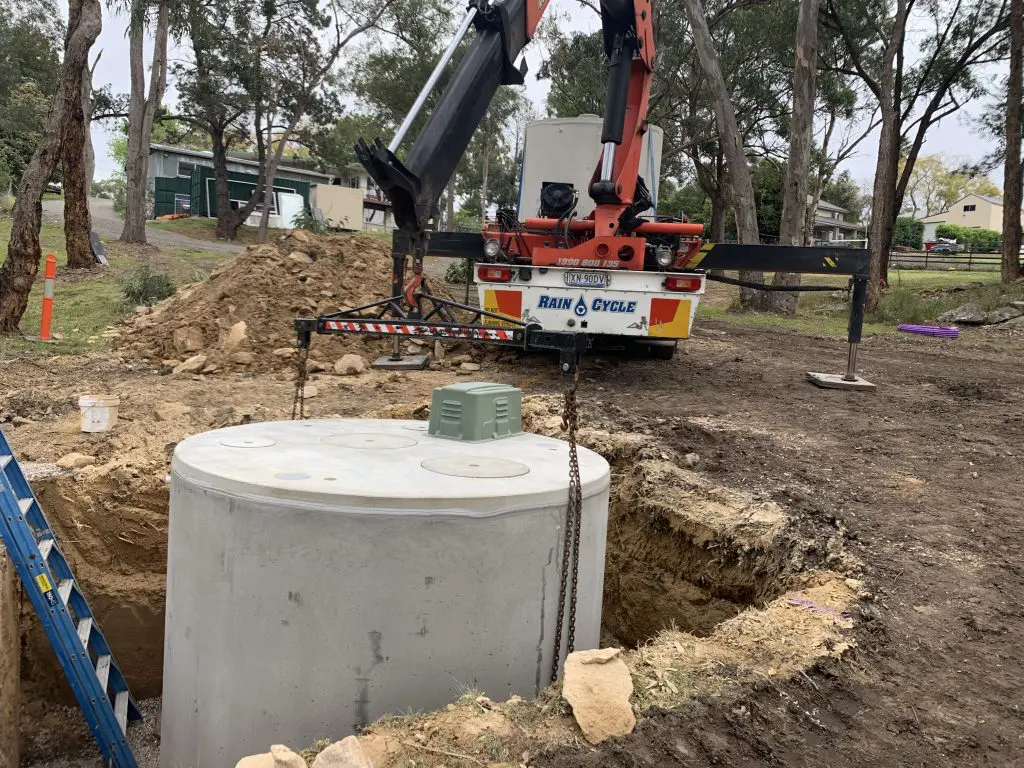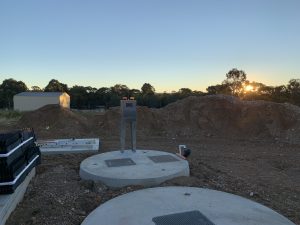Common AWTS Problems in Victoria and How to Solve Them
Water quality is a topic of paramount importance, especially in a country like Australia, where the availability of clean and safe water is crucial for the well-being of its residents. In this comprehensive guide, we’ll delve into the specifics of water quality standards in Australia, unraveling the complex code that governs the purity of our water sources. We’ll also explore how water treatment systems play a vital role in ensuring compliance with these standards, addressing common questions and concerns that consumers may have.
Understanding Australian Water Quality Standards:
Australia boasts stringent water quality standards set by the National Health and Medical Research Council (NHMRC) and the Australian Drinking Water Guidelines (ADWG). These guidelines outline the acceptable levels of various contaminants in drinking water to ensure it is safe for consumption. The parameters covered include physical, chemical, and microbiological aspects.

Common Parameters and Regulations:
Microorganisms:
One of the primary concerns in water quality is the presence of harmful microorganisms. The ADWG sets limits for coliforms, Escherichia coli (E. coli), and other pathogenic bacteria to prevent waterborne diseases.
Chemical Contaminants:
The guidelines cover a range of chemical parameters, including heavy metals (such as lead and mercury), pesticides, and industrial pollutants. These standards are in place to safeguard against long-term health risks associated with the consumption of contaminated water.
Turbidity and Clarity:
Turbidity refers to the cloudiness or haziness of water caused by suspended particles. ADWG specifies limits to maintain water clarity, ensuring that consumers are not exposed to unnecessary impurities.
pH Levels:
pH levels indicate the acidity or alkalinity of water. The guidelines set a neutral range to prevent adverse effects on both the water distribution system and consumers’ health.
The Role of Water Treatment Systems:
Water treatment systems are the unsung heroes that ensure our tap water meets or exceeds these stringent standards. Let’s break down the essential functions and technologies incorporated in these systems:
Filtration:
Filtration is a fundamental step in water treatment, removing physical impurities like sediment and debris. High-quality filters in water treatment systems trap particles, preventing them from reaching your tap.
Disinfection:
To combat harmful microorganisms, water treatment systems often employ disinfection methods such as chlorination, ultraviolet (UV) irradiation, or ozonation. These processes neutralize or eliminate bacteria, viruses, and other pathogens.
Reverse Osmosis:
For addressing chemical contaminants and heavy metals, many advanced systems utilize reverse osmosis technology. This process involves pushing water through a semi-permeable membrane, effectively removing a wide range of impurities.
pH Adjustment:
Some water treatment systems include mechanisms to adjust pH levels, ensuring that the water delivered to your tap falls within the recommended range.
Regular Monitoring:
Modern water treatment systems often come equipped with monitoring features, providing real-time data on water quality. This ensures that any deviations from standards can be promptly addressed.
Addressing Consumer Queries:
Now, let’s tackle some common questions consumers may have regarding water quality and treatment:
1. Is tap water safe to drink in Australia?
Yes, tap water in Australia is generally safe to drink. Public water treatment facilities adhere to strict standards to ensure the water meets or exceeds guidelines.
2. Do I need a water treatment system at home?
While public water supplies are treated, installing a home water treatment system adds an extra layer of assurance. It’s particularly beneficial if you have specific concerns or live in areas with older infrastructure.
3. How often should I replace filters in my water treatment system?
Filter replacement frequency varies depending on the system and water quality. As a general guideline, it’s recommended to follow the manufacturer’s instructions and conduct regular maintenance checks.
4. Can water treatment systems remove all contaminants?
While advanced systems can effectively remove a wide range of contaminants, it’s essential to choose a system based on your specific water quality concerns. No system can guarantee 100% removal of all impurities.
Conclusion:
Understanding water quality standards in Australia empowers consumers to make informed decisions about their drinking water. Water treatment systems serve as guardians, ensuring that the water reaching your tap is not only safe but also meets the highest standards set by regulatory bodies. By investing in the right water treatment system for your needs, you contribute to the overall health and well-being of your household. Stay informed, stay hydrated, and enjoy the peace of mind that comes with clean and safe water.
For a Free Quote and Sizing on all Septic Tanks Made in Australia call the team at Eco-Septic on 1800 808 135
Related Posts
- How do I collect rainwater?
- Best Septic Systems – Considerations For Commercial And Residential Use
- Reinventing the Septic Tank for the 21st Century
- What Is The Difference Between Sewage And Refuse
- Choosing the Right Septic Tank Additives: What Works and What to Avoid
- Do Domestic Sewage Treatment Plants Smell?
- What are home sewage treatment plants?
- Why aerated wastewater treatment servicing is important





